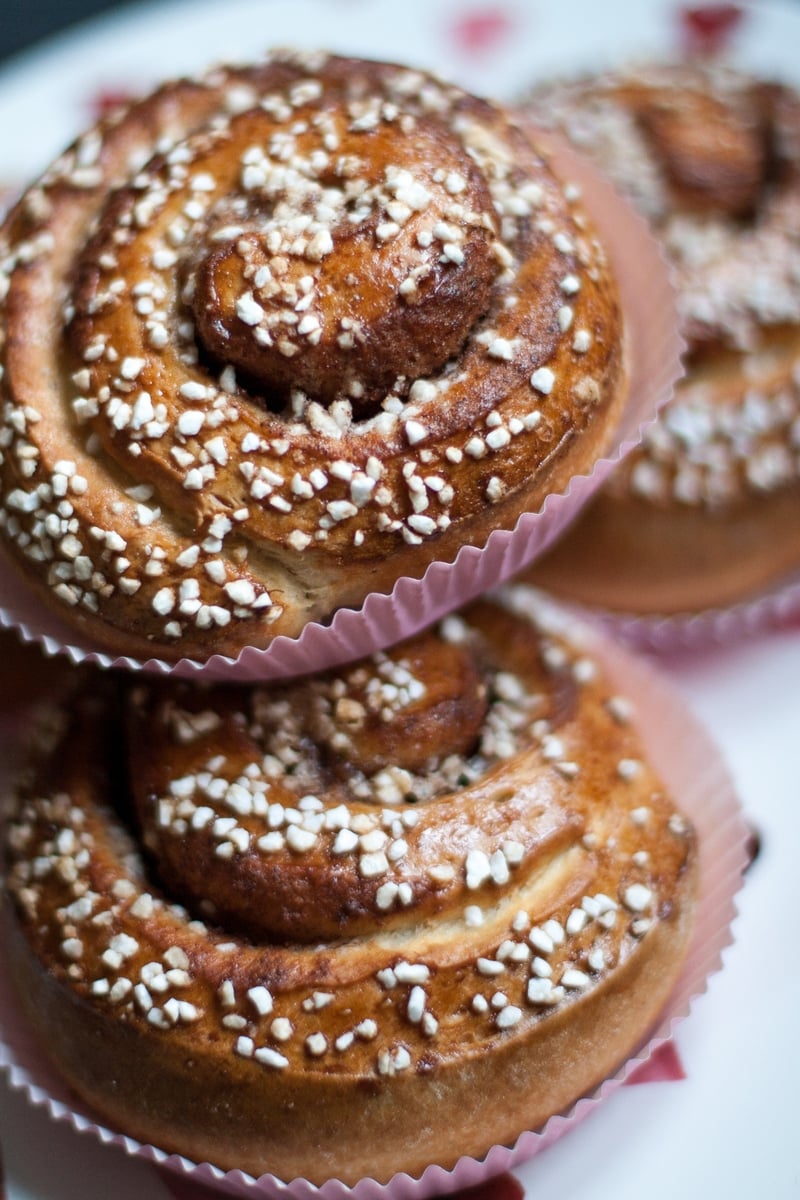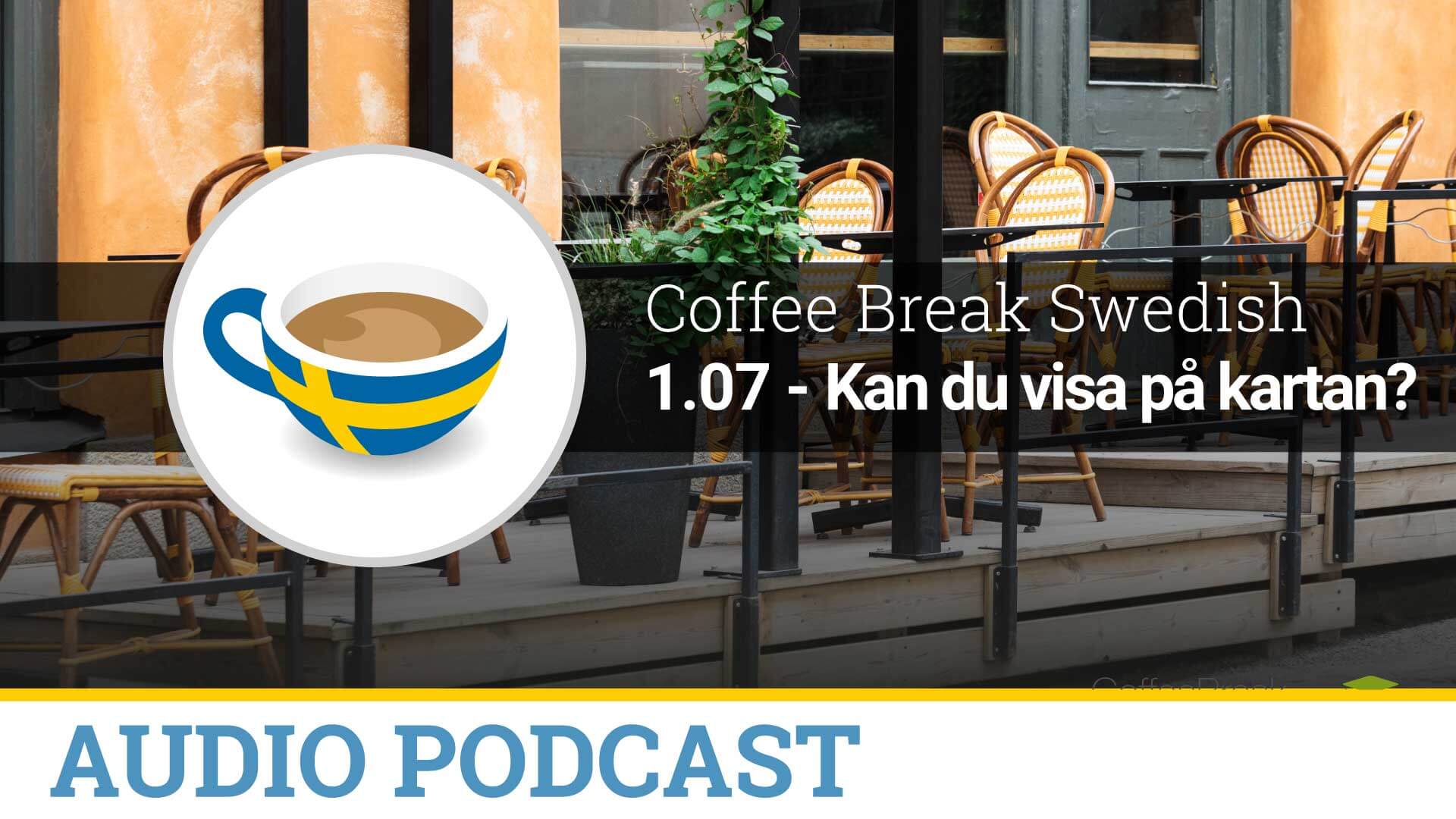

arrow arrowĪ coffee break can be so much more than a dose of caffeine. Barista Xavier Dubost (left) and owner and baker Nicolas Viry of Komet Stockholm. Guests enjoy a fika at the historic Kaffekoppen in Stockholm's Gamla Stan neighborhood. Hosep and Jannet Seropian, two of the owners of Cafe Pascal. Owners of Stockholm Roast, Öner Kulbay and Johan Montan Ahlgren.

A classic kanelbullar (cinnamon bun) at Bageri Petrus. Drop Coffee's café location in Stockholm.

One of the café spaces of Johan & Nyström, an early pioneer in Sweden's specialty coffee scene. Coffee roaster and co-owner of Drop Coffee Joanna Alm. A bag of coffee roasted by Kersh Kafferosteri. Petrus Jakobsson, baker and founder of Bageri Petrus. A traditional semla pastry at Bageri Petrus. Barista Thilda Martelleur at Mellqvist Kaffebar, a neighborhood favorite for 25 years.
#SWEDISH COFFEE BREAK FREE#
Next time you get caught up in the rush of daily life, don’t forget to do as the Swedes do and take a fika break… Looking for sweet treat inspiration to enjoy with your kaffe? Try our gluten free apple loaf recipe, poppy seed Danish recipe, Danish coffee bread recipe or lemon and elderflower cake recipe.Kaffeverket (and its Stockholm sister cafés Gast, Cirkus, and Kavalleriet) embody the fika mentality with bright, welcoming spaces. Meanwhile, fika breaks in leisure time have no limits…sounds like heaven to us! How long is a fika break?įika breaks at work tend to be shorter, but they’re still prioritised in the working day. Generally, the Swedes enjoy it twice a day – mid-morning and mid-afternoon. The good news is you can ‘fika’ when you like. It’s no surprise that Sweden is up there as one of the top coffee consumers in the world. In the 20th century, fika appeared with the introduction of a sweet treat alongside coffee and became the wonderful tradition it is today. That was until the ban was lifted and coffee could once again be enjoyed publicly in the 19th century. Whether he really believed coffee was bad for health or whether he was more concerned that the social gatherings would threaten his position in the monarchy is another matter, but this meant no more kaffe meetings…not in public, at least. Theories emerged that the king at the time, King Gustav III, believed coffee was bad for health so he brought in heavy taxes, eventually banning it altogether. Sweden’s love of coffee goes back a long way with coffee gaining popularity in the 18th century – big time. It originates from the word ‘kaffe’ (‘coffee’) which leads us on to an interesting history… History of fika – where does it originate from?
#SWEDISH COFFEE BREAK HOW TO#
If you’re wondering how to say ‘fika’, it’s pronounced ‘fee-ka’ and can be a verb or a noun. Finding time to slow down can be tricky, but the fika tradition provides that much-needed opportunity to connect with yourself and others. It’s all too easy to get caught up in the busyness of day-to-day life. The focus isn’t on what you eat or drink, it’s about stopping and enjoying quality time in a comfortable environment (hello hygge) – whether in company or on your own. Eating a pastry on the go? Definite no-no. Sitting at your desk, drinking coffee and eating a cake while you work? Nope.


 0 kommentar(er)
0 kommentar(er)
